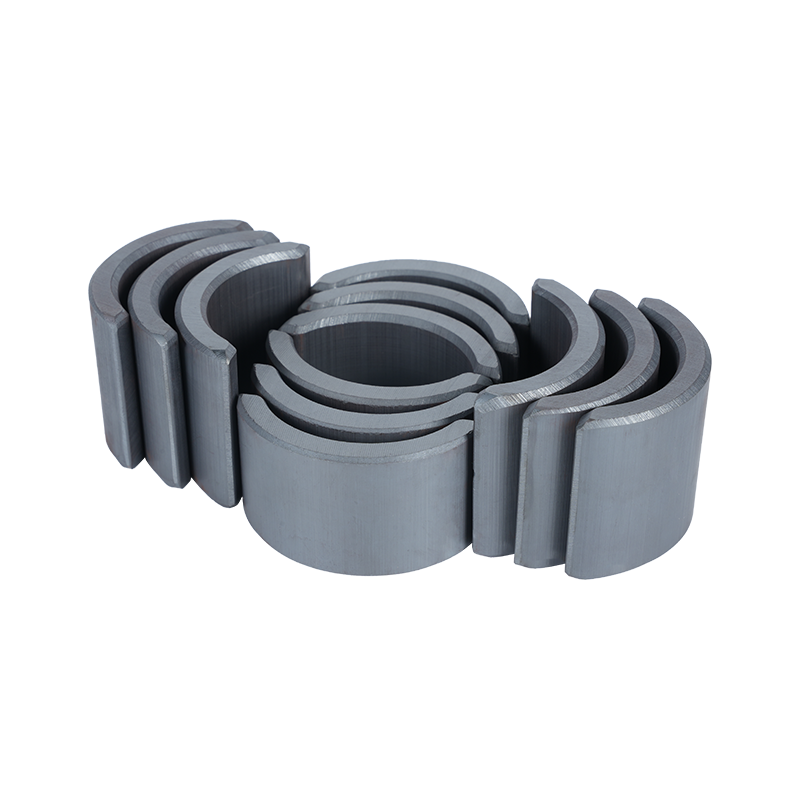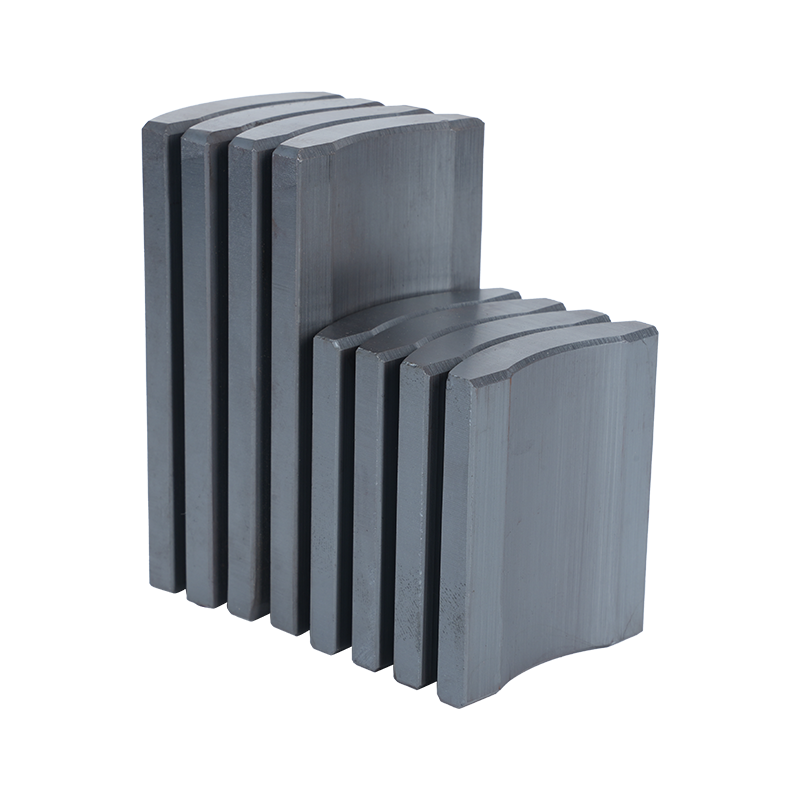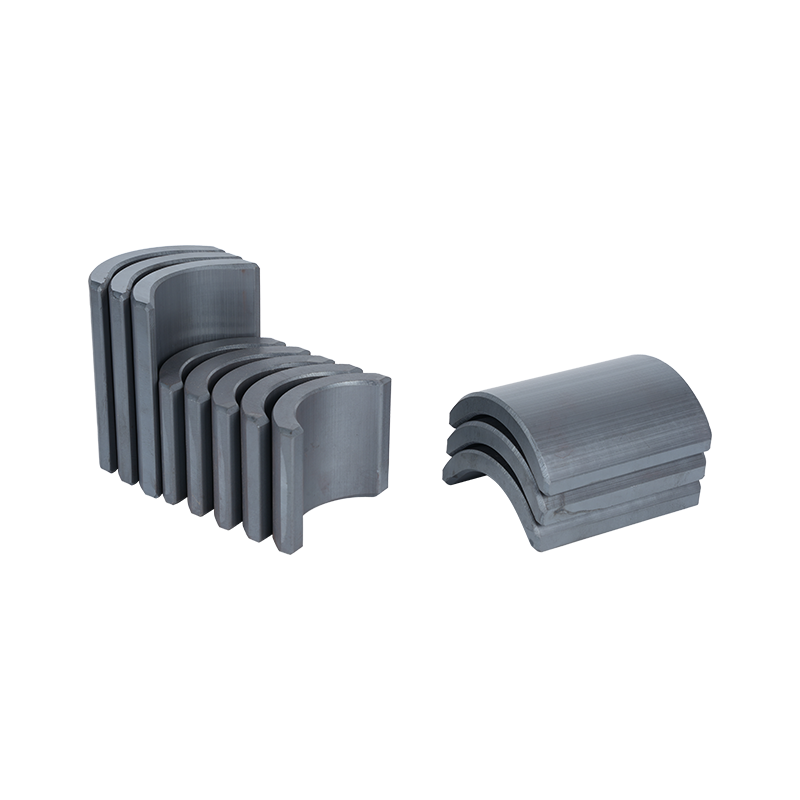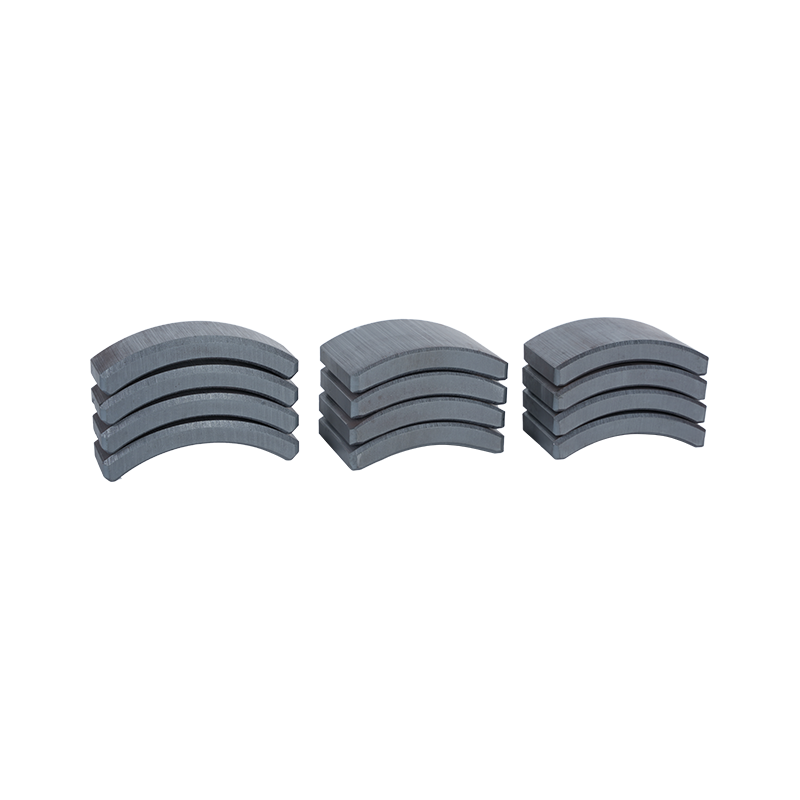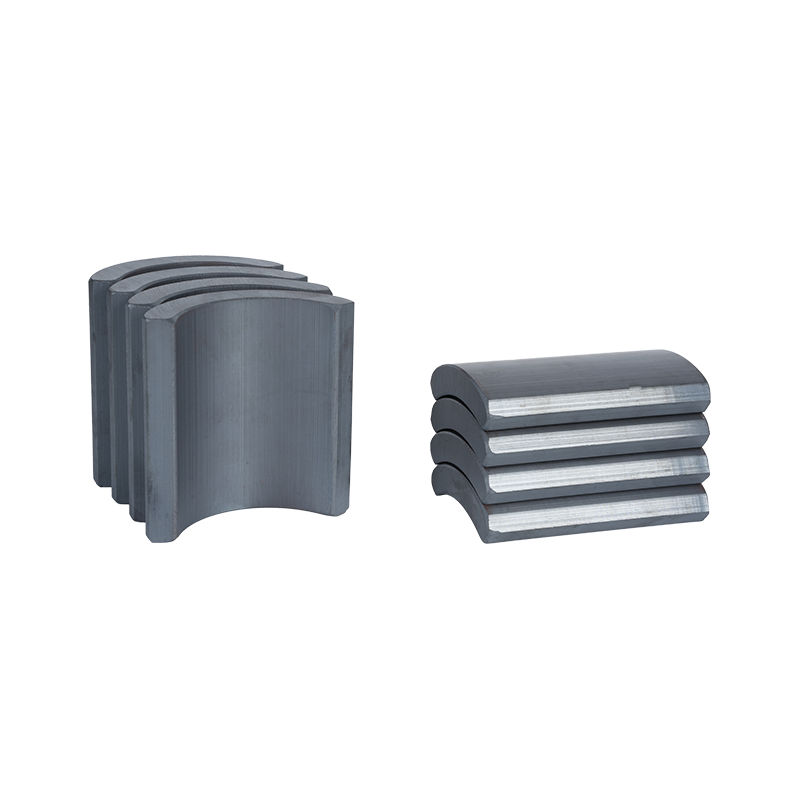Dong Yang TianQi Magnetic Segment Co.,Ltd.(formerly Shuangyang Magnet Tile) is a professional enterprise specializing in the production of motor magnet tiles
Search by posts
Categories
Popular products
Contact Us
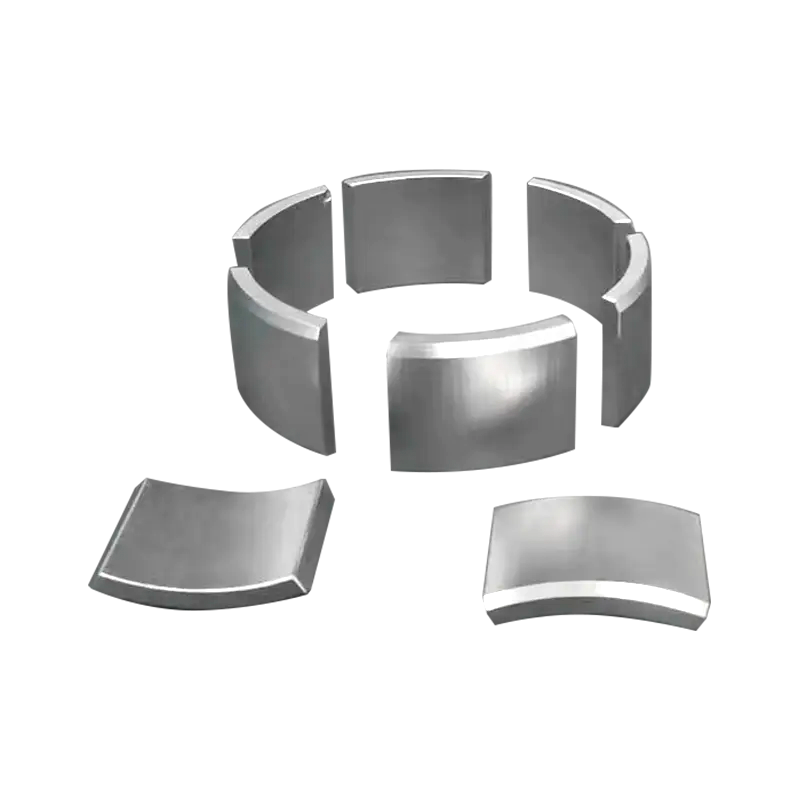
Industry News
 By Admin
By Admin
Revolutionizing Industries: The Power of Strong Neodymium Magnets
In the realm of modern technology and industrial innovation, few materials have had as profound an impact as strong neodymium magnets. These powerful magnets, composed of neodymium, iron, and boron, have become indispensable in various sectors, from electronics to renewable energy, and their influence continues to grow.
Strong neodymium magnets, often referred to as NdFeB magnets, were developed in the early 1980s by General Motors and Sumitomo Special Metals. Their discovery marked a significant milestone in magnet technology, providing a magnetic force much stronger than previously available magnets. This high magnetic strength, coupled with their relatively small size, has allowed for their widespread use in numerous applications.
One of the prominent uses of strong neodymium magnets is in the field of electronics. These magnets are essential components in the manufacture of hard disk drives, where their powerful magnetic fields enable the storage of vast amounts of data. Their small size and strong magnetic force also make them ideal for use in smartphones and other portable electronic devices, contributing to the miniaturization of technology.
The renewable energy sector has also greatly benefited from strong neodymium magnets. In wind turbines, these magnets are used in the generators to convert kinetic energy from the wind into electrical energy. The efficiency and reliability of these magnets make them a critical component in the push towards greener energy solutions. As the demand for renewable energy grows, so too does the reliance on strong neodymium magnets.
In the automotive industry, strong neodymium magnets play a crucial role in the development of electric vehicles (EVs). They are used in the motors of EVs, providing the necessary power and efficiency to make these vehicles viable alternatives to traditional combustion engine cars. The strength of these magnets allows for the production of more compact and efficient motors, which is essential for the performance and range of electric vehicles.
Medical technology is another field where strong neodymium magnets have made significant contributions. They are used in Magnetic Resonance Imaging (MRI) machines, where their strong magnetic fields produce detailed images of the human body. This has revolutionized diagnostics, allowing for non-invasive and highly accurate medical examinations. Additionally, these magnets are used in various medical devices and instruments, enhancing their functionality and effectiveness.
The versatility of strong neodymium magnets extends beyond high-tech industries. They are commonly used in everyday items such as headphones, where their strong magnetic fields help produce high-quality sound. In home appliances, these magnets are found in everything from vacuum cleaners to washing machines, where they contribute to the efficiency and performance of these devices.
Despite their numerous applications, the production of strong neodymium magnets poses certain challenges. The extraction and refinement of neodymium, a earth element, can have significant environmental impacts. Mining activities can result in habitat destruction, water contamination, and the release of harmful pollutants. Additionally, the geopolitical concentration of neodymium production, primarily in China, raises concerns about supply chain security and market stability.
To address these issues, researchers and manufacturers are exploring sustainable alternatives and recycling methods. Advances in recycling technology have made it possible to recover neodymium from end-of-life products, reducing the need for new mining activities. Moreover, efforts are being made to develop magnets with reduced reliance on earth elements, potentially to more sustainable solutions in the future.
The future of strong neodymium magnets looks promising, with ongoing research and development aimed at enhancing their properties and expanding their applications. Innovations such as the development of high-temperature neodymium magnets could open new possibilities in industries where traditional magnets are not suitable. Furthermore, the integration of these magnets into emerging technologies such as robotics and space exploration holds exciting potential.
In conclusion, strong neodymium magnets have become a cornerstone of modern technology, driving advancements across a wide range of industries. From electronics and renewable energy to medical technology and automotive innovation, these powerful magnets are indispensable in shaping the future. As we continue to seek more efficient and sustainable solutions, the role of strong neodymium magnets will undoubtedly remain pivotal, underpinning the progress and innovation of tomorrow.



